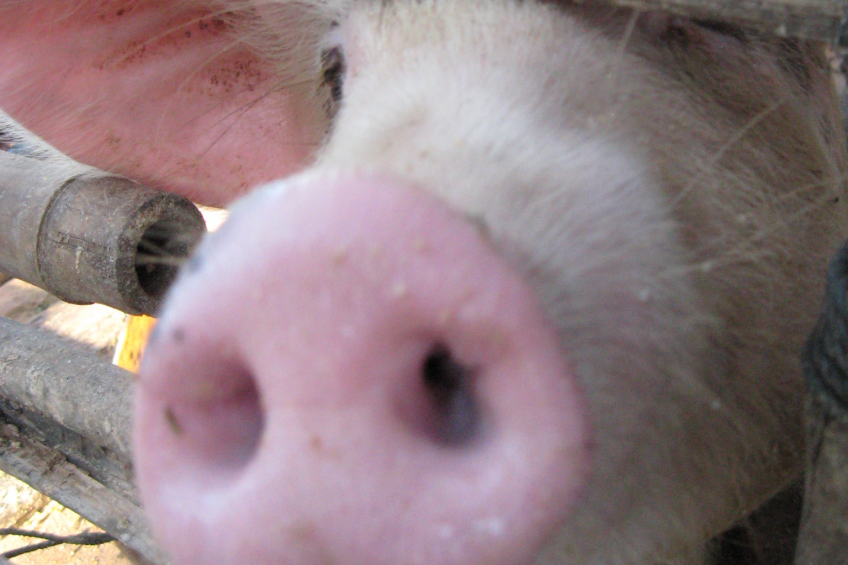Increase in EU pig herd

26 of the 28 EU Member States have now reported their December 2014 census data to the European Commission, identifying a 1% increase in the total pig herd, compared with December 2013.
This is the first increase in the overall number of EU pigs since 2006, despite falling finished pig prices since July. Looking in more detail, the number of pigs over 50kg being fed for slaughter was slightly down on the year, suggesting there would be some tightening of supply in early 2015. This is supported by market reports of limited finished pig numbers in recent weeks, which has given some support to prices. However, with numbers of piglets and younger feeding pigs higher in December, the tight supply situation may only be temporary.
Key markets which recorded more pigs on the ground included the two largest herds, Germany and Spain. Denmark, the Netherlands and Poland were among the other major producers recording increased pig numbers. In contrast, France and Romania reduced their herds, along with several smaller producers. Overall, the EU breeding herd recorded a marginal increase in the year to December 2014, again the first since 2006.
Annual change in pig numbers in selected EU Member States.
However, only a few countries reported increases in their breeding herd, with Spain’s 5% rise the main driver of overall growth. Excluding Spain, the EU breeding herd was down 1%, with the majority of countries reporting decreases. However, supply is likely to remain ample in the medium term, with continuous improvements in productivity resulting in more piglets per sow being finished to higher carcase weights on relatively low-cost feed. There have been some reports of increased sow slaughterings in recent months, although these may have been too recent to be reflected in the December census figures. This could mean some tightening of supplies towards the end of this year.
UK December survey results are due out later this month.
Source: BPEX











